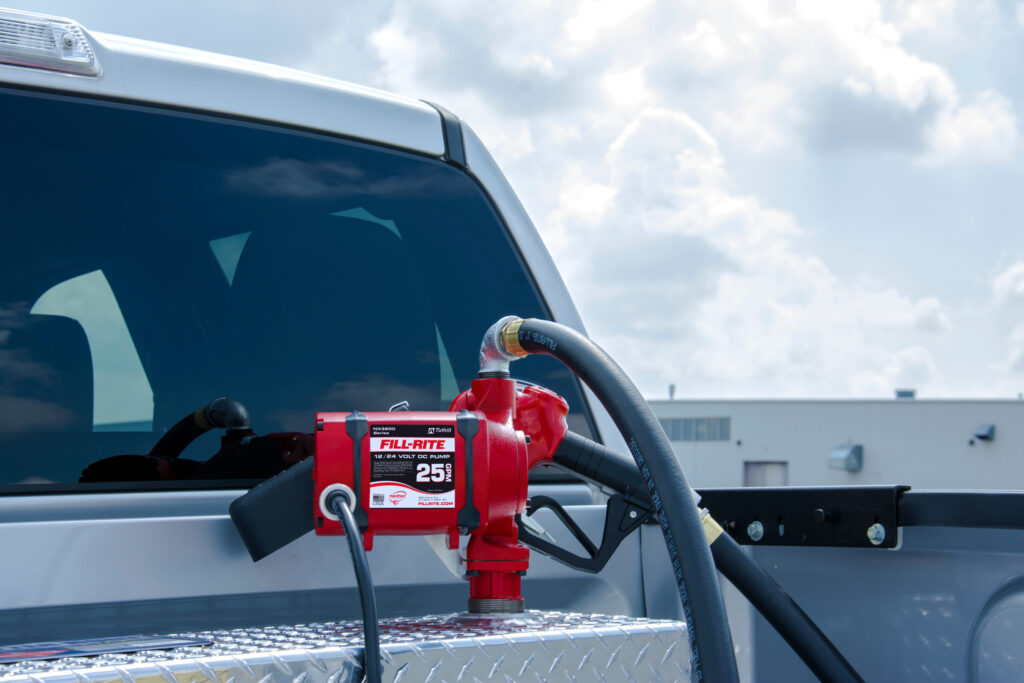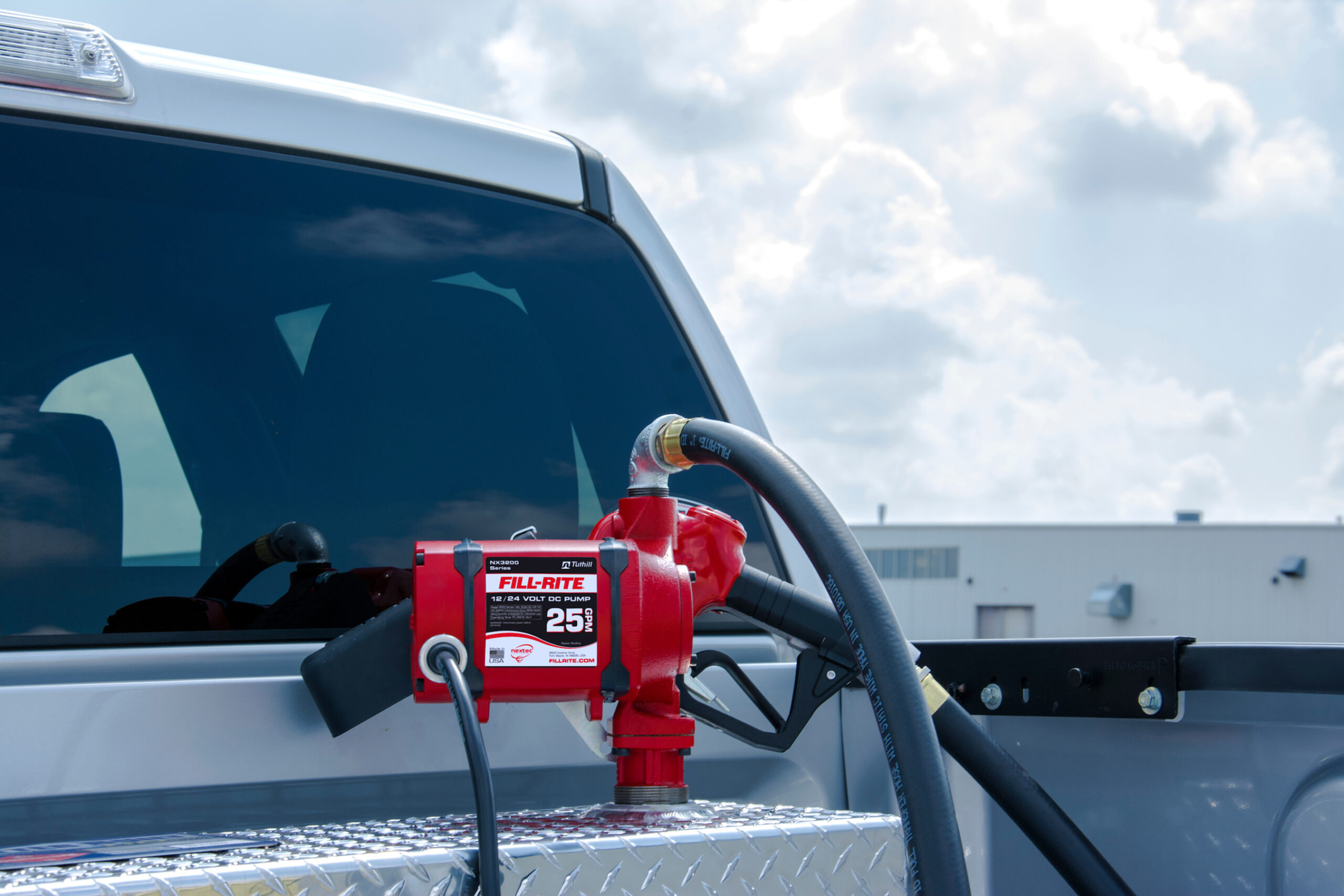
Fuel Transfer Tank and Pump: A Comprehensive Guide for Safe and Efficient Fueling
In various industries, from agriculture and construction to transportation and emergency services, the need for mobile and readily available fuel is paramount. This is where the fuel transfer tank and pump system becomes indispensable. A reliable fuel transfer tank and pump setup ensures that equipment and vehicles can be refueled on-site, minimizing downtime and maximizing productivity. This comprehensive guide dives into the specifics of fuel transfer tanks and pumps, covering their types, applications, safety considerations, and best practices for operation.
Understanding Fuel Transfer Tanks
A fuel transfer tank is a portable container designed to safely store and transport fuel, typically diesel, gasoline, or other flammable liquids. These tanks come in various sizes and materials, each suited for specific applications and regulatory requirements.
Types of Fuel Transfer Tanks
- Steel Tanks: Known for their durability and resistance to damage, steel tanks are a popular choice for heavy-duty applications. They can withstand harsh weather conditions and are less prone to punctures. However, they are heavier and more susceptible to rust if not properly coated.
- Aluminum Tanks: Lighter than steel, aluminum tanks offer excellent corrosion resistance. This makes them suitable for environments where exposure to moisture and chemicals is a concern. While durable, they may not be as robust as steel in terms of impact resistance.
- Polyethylene Tanks: Polyethylene (poly) tanks are lightweight, corrosion-resistant, and relatively inexpensive. They are ideal for applications where weight is a critical factor. However, they may not be as durable as steel or aluminum and can be susceptible to damage from extreme temperatures or UV exposure.
Key Features of Fuel Transfer Tanks
- Capacity: Fuel transfer tanks range in capacity from a few gallons to several hundred gallons, depending on the application. Choosing the right capacity is crucial to balance portability and the amount of fuel needed.
- Baffles: Internal baffles are often included to prevent fuel sloshing, which can affect vehicle stability during transport.
- Venting: Proper venting is essential to prevent pressure buildup inside the tank, especially in varying temperatures.
- Fill Caps: Secure fill caps prevent fuel spillage and contamination.
- Mounting Options: Tanks can be mounted in various ways, including truck beds, trailers, or skids, depending on the intended use.
Exploring Fuel Transfer Pumps
A fuel transfer pump is a device used to move fuel from the tank to the receiving vehicle or equipment. Pumps are available in various types, each with its own advantages and disadvantages.
Types of Fuel Transfer Pumps
- Hand Pumps: These manual pumps are simple, reliable, and do not require an external power source. They are suitable for low-volume fuel transfer and situations where electricity is not available.
- Electric Pumps: Electric pumps offer faster fuel transfer rates and are more convenient for high-volume applications. They typically operate on 12V or 110V power.
- Air-Operated Diaphragm Pumps: These pumps use compressed air to move fuel and are ideal for hazardous environments where electrical sparks could pose a risk.
Key Features of Fuel Transfer Pumps
- Flow Rate: The flow rate, measured in gallons per minute (GPM), indicates how quickly the pump can transfer fuel. Choosing a pump with an appropriate flow rate is essential to minimize fueling time.
- Power Source: Pumps are available with various power options, including manual, electric (12V, 110V), and air-operated.
- Hose Length: The hose length determines the reach of the pump and should be sufficient for the intended application.
- Nozzle: The nozzle controls the flow of fuel and often includes an automatic shut-off feature to prevent overfilling.
- Filter: A filter helps to remove contaminants from the fuel, protecting the engine of the receiving vehicle or equipment.
Applications of Fuel Transfer Tank and Pump Systems
The versatility of fuel transfer tank and pump systems makes them essential in a wide range of industries.
- Agriculture: Farmers rely on fuel transfer tanks and pumps to refuel tractors, combines, and other equipment in the field, saving time and improving efficiency.
- Construction: Construction sites often require on-site fueling for heavy machinery such as excavators, bulldozers, and generators.
- Transportation: Trucking companies and logistics providers use fuel transfer tanks and pumps to refuel vehicles at remote locations or during emergencies.
- Emergency Services: Fire departments, ambulance services, and other emergency responders need reliable fuel sources for their vehicles and equipment during critical situations.
- Marine: Boats and other watercraft often require on-board fueling capabilities, making fuel transfer tanks and pumps essential for long voyages.
Safety Considerations
Handling fuel always involves inherent risks. Following safety precautions is paramount when operating a fuel transfer tank and pump system.
Key Safety Measures
- Grounding: Always ground the tank and pump to prevent static electricity buildup, which can ignite fuel vapors.
- Ventilation: Ensure adequate ventilation to prevent the accumulation of flammable vapors.
- No Smoking: Prohibit smoking or open flames near the fueling area.
- Spill Prevention: Use spill containment measures, such as drip pans or absorbent materials, to prevent fuel spills.
- Personal Protective Equipment (PPE): Wear appropriate PPE, including gloves and eye protection, to prevent contact with fuel.
- Emergency Shut-Off: Know the location of the emergency shut-off switch or valve and how to use it.
- Regular Inspections: Regularly inspect the tank, pump, hoses, and connections for leaks or damage.
- Proper Training: Ensure that all personnel operating the fuel transfer tank and pump system are properly trained in safe handling procedures.
Regulatory Compliance
The use of fuel transfer tanks and pumps is subject to various regulations at the federal, state, and local levels. These regulations are designed to protect the environment and ensure public safety.
Key Regulatory Requirements
- DOT Regulations: The Department of Transportation (DOT) regulates the transportation of hazardous materials, including fuel. Fuel transfer tanks must meet DOT specifications for construction and labeling.
- EPA Regulations: The Environmental Protection Agency (EPA) regulates the storage and handling of fuel to prevent spills and leaks that could contaminate the environment.
- OSHA Regulations: The Occupational Safety and Health Administration (OSHA) regulates workplace safety, including the handling of flammable liquids.
- Local Fire Codes: Local fire codes may impose additional requirements for the storage and dispensing of fuel.
It is essential to consult with regulatory agencies and industry experts to ensure compliance with all applicable regulations. [See also: Fuel Storage Regulations: A State-by-State Guide]
Best Practices for Operation and Maintenance
Proper operation and maintenance are crucial to ensure the longevity and reliability of a fuel transfer tank and pump system.
Operational Best Practices
- Pre-Operation Inspection: Before each use, inspect the tank, pump, hoses, and connections for leaks or damage.
- Safe Fueling Procedures: Follow safe fueling procedures, including grounding the tank and pump, preventing spills, and prohibiting smoking.
- Proper Storage: Store the tank in a secure location, away from heat sources and potential hazards.
Maintenance Best Practices
- Regular Cleaning: Clean the tank and pump regularly to remove dirt, debris, and contaminants.
- Filter Replacement: Replace the fuel filter according to the manufacturer’s recommendations.
- Hose Inspection: Inspect hoses for cracks, leaks, or wear and replace them as needed.
- Pump Maintenance: Follow the manufacturer’s instructions for pump maintenance, including lubrication and cleaning.
- Leak Testing: Conduct regular leak testing to identify and address any potential leaks.
Choosing the Right Fuel Transfer Tank and Pump System
Selecting the appropriate fuel transfer tank and pump system depends on various factors, including the type of fuel, the volume of fuel needed, the application, and the regulatory requirements.
Factors to Consider
- Fuel Type: Ensure that the tank and pump are compatible with the type of fuel being used.
- Capacity: Choose a tank with sufficient capacity to meet the fueling needs.
- Flow Rate: Select a pump with an appropriate flow rate to minimize fueling time.
- Power Source: Consider the available power sources and choose a pump that is compatible.
- Durability: Select a tank and pump that are durable enough to withstand the intended use and environment.
- Regulatory Compliance: Ensure that the tank and pump meet all applicable regulatory requirements.
- Budget: Consider the cost of the tank, pump, and accessories when making a decision.
Conclusion
A fuel transfer tank and pump system is a valuable asset for any operation that requires mobile fueling capabilities. By understanding the different types of tanks and pumps, following safety precautions, complying with regulations, and implementing best practices for operation and maintenance, businesses can ensure safe, efficient, and reliable fueling. Investing in a high-quality fuel transfer tank and pump system is an investment in productivity, safety, and environmental responsibility. [See also: The Future of Fuel Transfer: Innovations and Trends]

